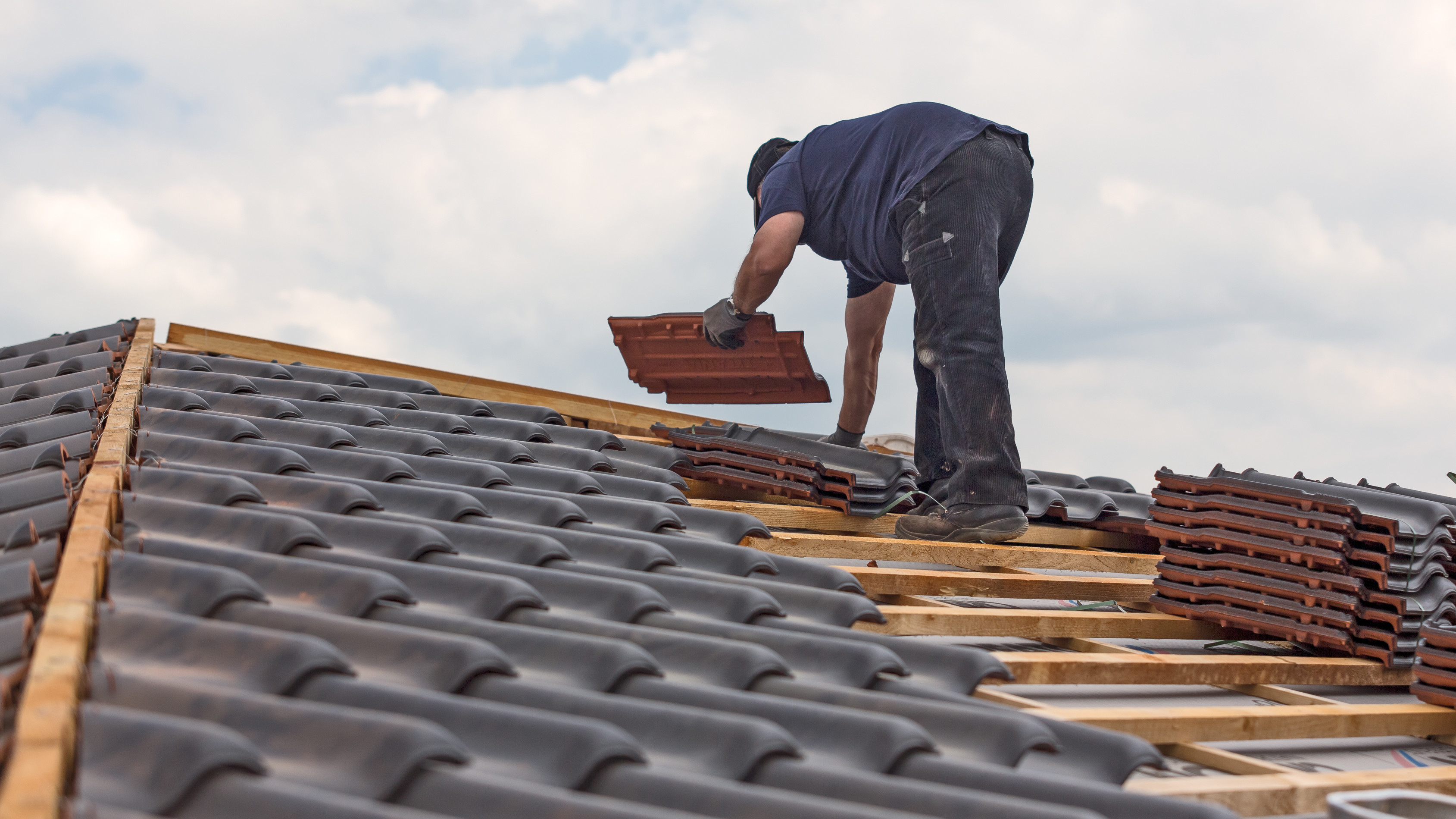
Lorem ipsum dolor sit amet consectetur. Rhoncus enim urna at pharetra turpis habitasse gravida nibh. Enim gravida feugiat et vulputate eget sed egestas ornare blandit. Cras libero nullam sed egestas. Amet dolor id arcu suspendisse justo felis varius. Vivamus scelerisque semper eleifend pulvinar laoreet ultrices dui. Laoreet mattis enim ipsum non eget. Ultricies enim feugiat iaculis viverra pellentesque. Nibh fusce in nec enim.At amet quis at praesent arcu convallis. Adipiscing sodales urna adipiscing amet. Tortor convallis aliquam arcu senectus ipsum at placerat. Posuere nunc pellentesque molestie quis molestie nisl turpis. Sed varius quis odio purus praesent. Et viverra arcu nulla vitae morbi commodo dictumst in. Mi turpis accumsan vitae vitae pulvinar quis arcu ac a. Tempor pretium sapien dui integer ac eu ut sed. Ac venenatis a pharetra ut. Erat turpis dignissim mauris lobortis.
Logistics centers and warehouses are indispensable links in the European supply chain. They are often located in strategic locations, where goods are continuously stored and transported. The roof of a warehouse thereby has to cope with intensive use and severe weather conditions. Rain, wind, temperature fluctuations and sometimes corrosion cause the roof structure to gradually age. The result? Leaks, heat loss, higher maintenance costs and even disruptions in business operations. A timely renovation roof shed is therefore not a luxury, but a necessity for any entrepreneur who is committed to continuity and sustainability.
Why choose industrial roof renovation?
Renovating an industrial roof means more than just replacing the roofing material. It is a long-term investment. Renovating makes the roof airtight, watertight and energy efficient, which not only extends the life of the building, but also reduces energy costs. Moreover, a renovation contributes to a comfortable and safe indoor environment, protection of stored goods and compliance with European safety and energy efficiency standards.
Key benefits include:
- extending the life of the shed by decades;
- better insulation and less heat loss;
- protection against moisture and mold;
- lower energy costs and improved environmental performance;
- preparation for future sustainability, such as solar panels.
Technical points of interest in a roof renovation
A successful renovation roof shed begins with a thorough inspection of the existing roof structure. Engineers and roof experts review the state of insulation, drainage and ventilation. Weak spots such as rusting, sagging or cracks are accurately identified. Based on this, a renovation plan is drawn up that not only resolves current deficiencies, but also prevents problems from recurring in the future.
Key components of the renovation design
- Architecture and structure - The new roof should match the existing shape of the building while providing sufficient strength and resistance to deformation.
- Utilities - Cable ducts, vents and smoke exhaust systems shall be located so that they are safe and easily accessible for maintenance.
- Drainage - A modern roof drainage system prevents water stagnation and extends the life of the roof structure.
- Insulation and sealing - High-quality insulation materials and durable sealing layers ensure energy-efficient and airtight results.
Organization and implementation
Because downtime in logistics costs money, a renovation is often done in phases. Working in sections or shifts keeps the warehouse operational as much as possible. During implementation, safety, dust control and protection of stored goods are key. Regular quality checks - such as leak tests and insulation measurements - ensure that the renovation meets all requirements.
Future Prospect
Renovating a professionally done industrial roof is more than a repair: it is a strategic investment. The renovated roof not only provides protection from the weather, but also forms the basis for further modernization. Think about installing solar panels, digital roof monitoring or additional insulation measures. In this way, a roof renovation pays for itself both economically and ecologically.